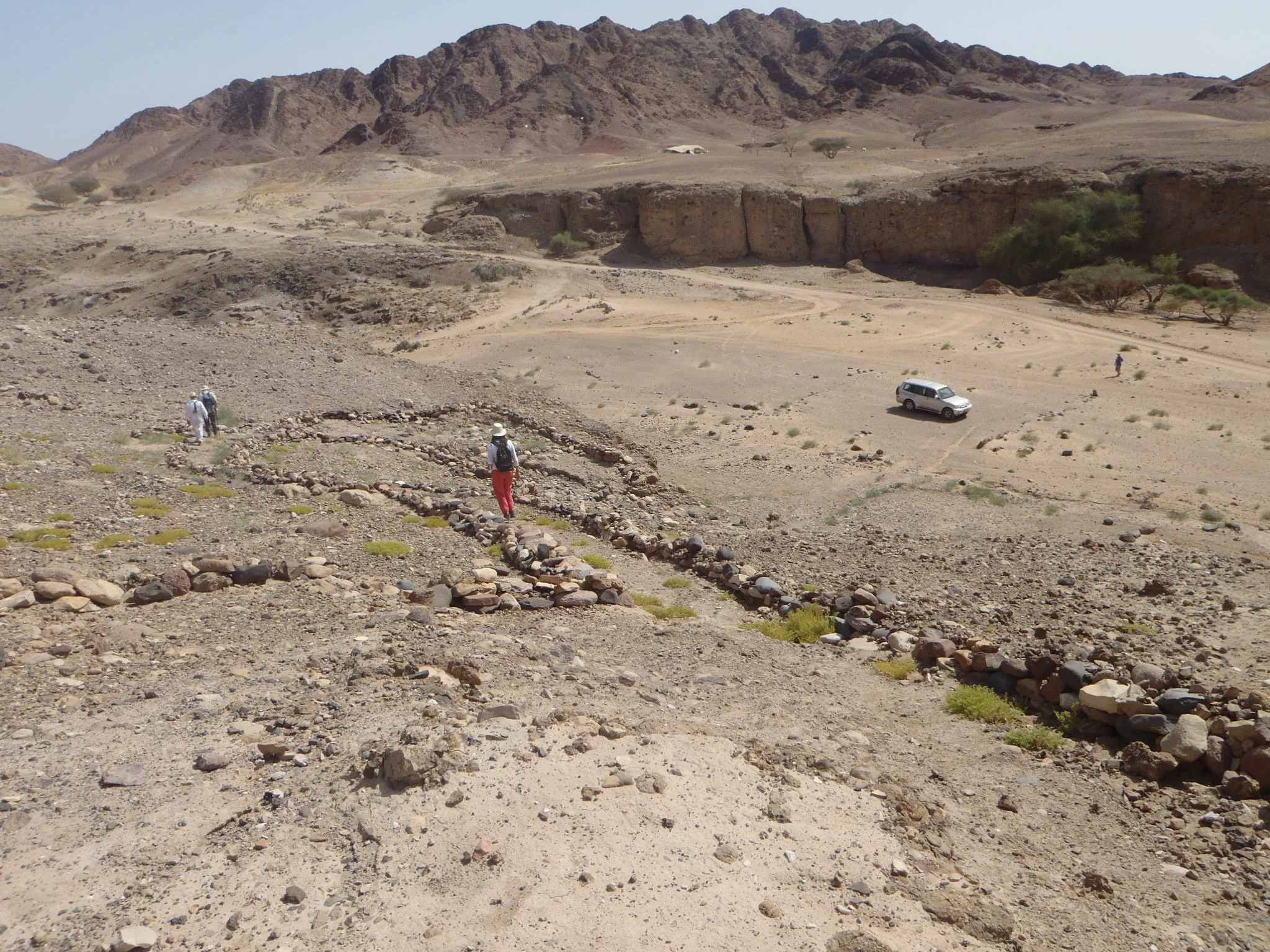How to read Radial Plots
/To obtain a luminescence age, geochronologists must first measure the equivalent dose or De value (an estimate of the amount of radiation absorbed by the sample in its burial environment). In most cases, the De for a sample is calculated from a distribution of De values measured from multiple aliquots or multiple grains from the same sample.
The De distribution allows us to assess a number of things, such as whether all grains have been sufficiently exposed to sunlight prior to the most recent burial event, or whether there has been mixing between two or more sedimentary units of different ages.
A radial plot. 95% of points should fall in grey shaded area if they are consistent with each other at 2 σ. The relative error is equal to the reciprocal of the precision.
We commonly plot the De distribution in a radial plot. This allows us to see the magnitude of each De value as well as its error.
So, why not use a histogram?
A histogram would be appropriate if the De value errors were all the same. As it turns out, the error of a measured De value tends to be dependent on its magnitude, where larger De values have larger error. So De distributions are usually plotted on radial plots with a logarithmic scale on the radial axis. Unlogged scales may only be used on very young or modern samples with near-zero De values, where the dependency between De values and their errors tends to be negligible.
How to read a radial plot (modified from Galbraith and Roberts, 2012). On the left is the 2 sigma error. The width of the bar on the left is controlled by the distribution of De. The bottom scale indicates a measure of the error of each De measurement. The relative error and precision of each point (De value) can be read off of the bottom scale that is plotted on a regular orthogonal x,y coordinate system. The De value of each point can be read off of the radial axis on the right. The measured burial dose that is modeled from the population of De values is also typically plotted.
Recently scholars have argued for the use of a so-called “Abanico plot”. These plots combine the radial plot with a histogram or other univariate plot type, such as a kernel density estimate. An example of this type of plot is shown below for a De distribution with low-precision (<5) values and a small cluster of points below the mean (Component 2). Note that the two clusters are visible in the radial plot and kernel density estimate (blue), but become masked in the histogram (black).
A De distribution containing low-precision values and two components plotted in an Abanico plot. See Dietz et al. (2016) for more details on abanico plots and Galbraith and Roberts (2012) for more indepth discussion on radial plots, kernel density estimates and other data visualization strategies.
For more info on radial plots, see: Vermeesch, P., 2009. RadialPlotter: a Java application for fission track, luminescence and other radial plots, Radiation Measurements, 44 (4), pp. 409-410.
— Christina Neudorf



